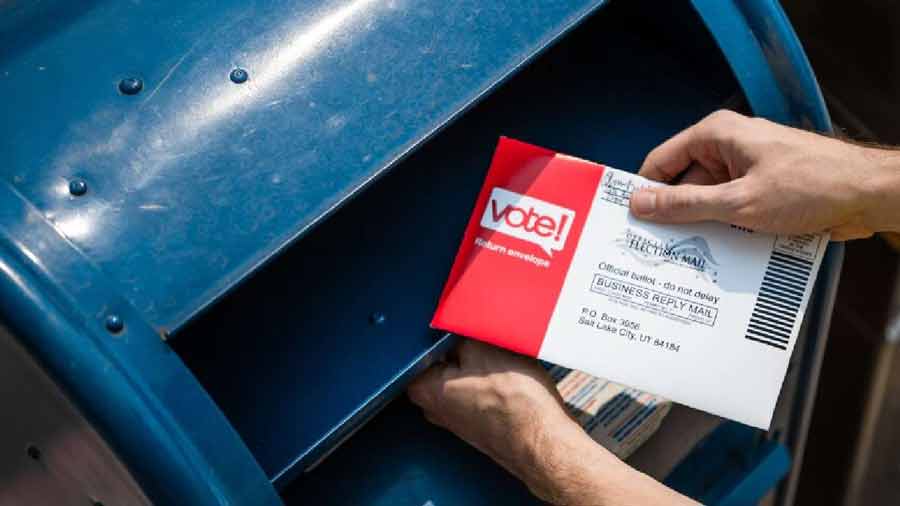BYU study of 400M records says these groups are less likely to vote
Published at
PROVO, Utah (KSL.com) — Minority citizens, young people and those who support the Democratic Party are much less likely to vote than white citizens, older citizens and Republican Party supporters, a new study says.
Researchers at Brigham Young University and the University of Virginia analyzed 400 million voter records from the 2014 midterm election and 2016 presidential election and concluded that voter turnout is highly segregated by race, politics and age.
The turnout differences aren’t just impacting elections; they’re also shaping policy, said BYU political science professor Michael Barber, a co-author of the study. He pointed to age as the biggest difference, with older voters being two to three times more likely to vote.
“In some cases, the differences are really dramatic. That really has implications for policy,” Barber told KSL.com. “We spend a lot of time discussing health care for old people and Medicare, retirement benefits for old people, Social Security and that sort of thing. We don’t have nearly the same discussions about policies that would impact young people, and one of the reasons for that is that young people are just so much less likely to vote than older voters.”
Barber and his co-author, University of Virginia public policy professor John Holbein, also found that those groups who are less likely to vote — namely people of color, young people and Democrats — are also more likely to live in areas where their neighbors are less likely to vote. The two researchers coined the phrase “turnout deserts” to describe these areas.
Much of the country has large pockets of these turnout deserts, according to the study. However, Utah had relatively few.
“As to why that is, we can’t totally be sure. One possibility is that you do have a vote-by-mail system, so it is pretty easy to get and cast a ballot in Utah,” Barber told KSL.com. “So, that could certainly be making a contribution to having relatively high turnout.”




Black, Hispanic and Asian individuals are three, four and 2.5 times more likely to live in a turnout desert than white individuals, respectively. Likewise, Democrats are 2.5 times more likely to live in a turnout desert than Republicans, and young people are 1.6 times more likely to live in a turnout desert than older citizens.
“Much of the country is segregated – especially by race and partisanship,” Barber said in a BYU press release. “Minorities are more likely to live around other minorities who are also less likely to vote. The same is true of voters of both parties. These patterns can create a situation that results in persistent patterns of lower turnout in certain communities for a variety of reasons.”
According to the research, in 2016 white Americans voted at a rate of between nine and 15 percentage points higher than Black, Asian and Hispanic Americans. The racial gap in voter turnout was even higher in 2014, during which white Americans voted at a rate of nine to 18 percentage points higher.
The study used voter file data from analytics firm the Data Trust and combined voter registration lists from all 50 states. The method differs from a majority of voter turnout studies, which tend to use survey data.
The researchers argued that the unprecedented access to such a large dataset gave them a leg up for two reasons. One, most surveys measure self-reported levels of voter turnout, making them susceptible to social desirability biases (where people respond in a way that will be viewed favorably by others rather than giving accurate answers). Two, surveys are rarely large enough to be representative at the local level, instead representing voters at the state or national level.
Barber said this will be the first of multiple studies based on the dataset. Future research will focus on digging deeper into the turnout deserts and how differences in how elections were administered, such as vote by mail, impact turnout.



